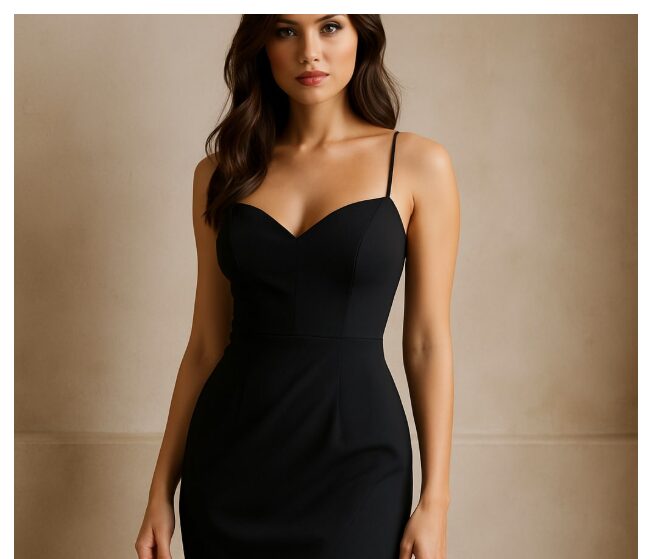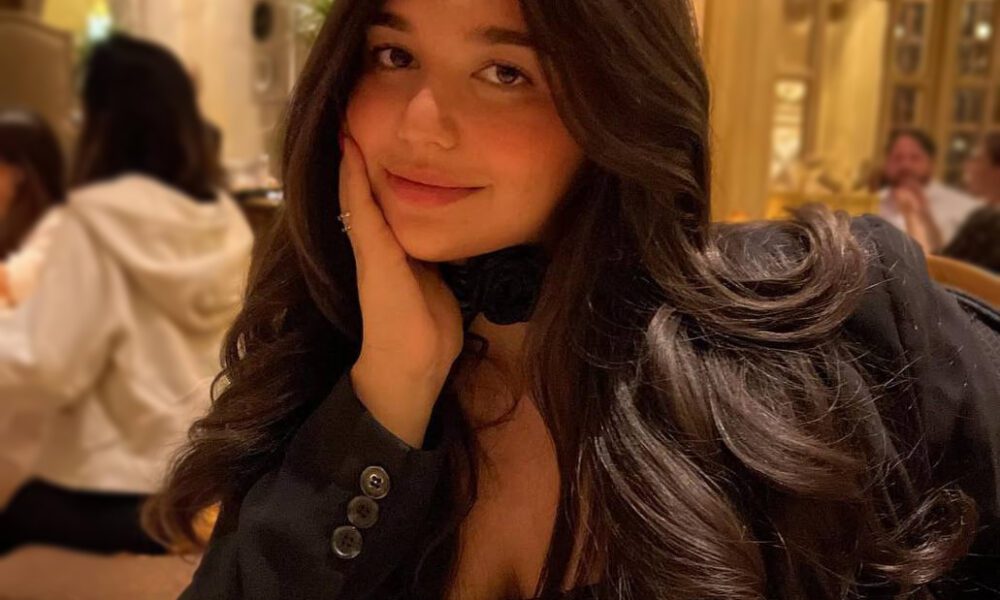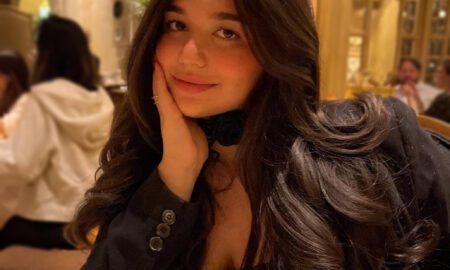Dress codes can be confusing, especially when terms like “cocktail attire” appear on an invitation without further explanation. While most people generally know what a cocktail dress might look like, the specifics are often unclear.
Understanding what defines cocktail dresses helps remove the guesswork and makes it easier to dress appropriately for semi-formal events. This category of clothing sits between casual wear and full-on formal attire, but that still leaves room for interpretation.
From fabric to fit to function, several key characteristics set cocktail dresses apart. To get it right, it’s important to know what those characteristics actually are.
The Origin of the Cocktail Dress
The term “cocktail dress” originated in the 1920s and 1930s, when socializing before dinner became more common among the upper and middle classes. These early evening gatherings called for a new category of clothing that was dressier than daytime wear but less formal than a gown.
Designers created dresses specifically suited for this transitional time of day, often called the “cocktail hour.” The style caught on and evolved through the decades, with variations influenced by cultural shifts and fashion trends.
The term is widely used today, but the original intent remains: a polished, versatile dress suited for social occasions held in the late afternoon or evening.
What Are the Key Features of a Cocktail Dress?
While there’s no single formula for a cocktail dress, certain features consistently define the category. Length is a primary factor; cocktail dresses typically fall around the knee or mid-calf. They are shorter than formal gowns but longer than most casual dresses.
The fabric also plays a key role. Cocktail dresses are made from elevated materials like silk, satin, chiffon, or crepe. These fabrics offer a refined appearance without the volume or embellishment of a full evening gown.
Fit is usually tailored. The silhouette is often streamlined, with clean lines highlighting the wearer’s shape while maintaining a sense of sophistication. It’s not the time for oversized or overly relaxed fits, nor is it about tight, bodycon styles that might be better suited for nightlife.
Subtle details (such as a slight flare, a tasteful slit, or minimal embellishments) are common. Cocktail dresses often balance simplicity with elegance, making them suitable for many occasions without stealing the spotlight. Ultimately, a cocktail dress should feel polished and event-ready, without being overly formal or too casual.
When Should You Wear a Cocktail Dress?
Cocktail dresses are designed for events that call for a step up from everyday wear but don’t require full formal attire. Common occasions include weddings, evening receptions, holiday parties, and business functions held after hours. When an invitation specifies “cocktail attire,” a cocktail dress is the go-to option.
The goal is to strike a balance between elevated enough to show effort but not so formal that it feels out of place. These events usually happen in the late afternoon or evening and may involve dining, socializing, or professional networking. Wearing the right dress for the right setting shows respect for the event and helps avoid the discomfort of being either overdressed or underdressed.
What a Cocktail Dress Is Not
Defining what doesn’t qualify as a cocktail dress is just as helpful as knowing what does. A floor-length evening gown, while elegant, is too formal for most cocktail-attire events. These dresses are typically reserved for black-tie occasions.
On the opposite end, casual day dresses (including cotton sundresses, jersey-knit styles, or overly relaxed silhouettes) don’t meet the standard for cocktail settings. Similarly, ultra-short, flashy, or trend-heavy outfits often cross into clubwear territory and miss the mark for refined social gatherings.
Recognizing these boundaries helps avoid confusion and ensures the selected dress aligns with the occasion’s expectations in terms of formality and tone.
How Can You Choose the Right Cocktail Dress?
Choosing the right cocktail dress starts with the event. Consider the location, time of year, and level of formality expected. A work-related event may call for a structured sheath dress in a dark neutral, while a summer wedding might allow for a brighter color or lighter fabric.
Fit matters; a cocktail dress should flatter without restricting movement. Tailored silhouettes tend to look more polished and versatile. Materials like crepe, satin, or silk blends elevate the overall feel without veering into overdressed territory.
Accessories should complement, not compete. Closed-toe heels, simple jewelry, and a structured clutch can elevate the look without overcomplicating it. The key is choosing something that feels appropriate, versatile, and put-together.
Why Understanding the Category Matters
Knowing what defines a cocktail dress — and what it isn’t — helps take the guesswork out of getting dressed for semi-formal events. It allows for smarter shopping, better planning, and more confident choices. Instead of relying on vague impressions or trends, understanding the category means selecting pieces that are versatile, appropriate, and well-suited for the occasion.
Read More From Techbullion



































